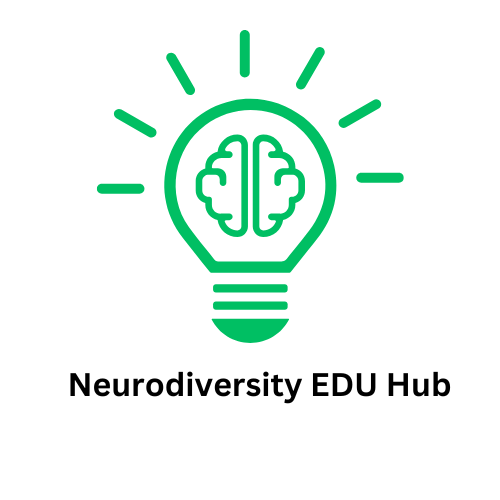
A Journey of Understanding: The Struggles of Undiagnosed ADHD
Every journey begins with a question, and for many girls like Natalie, that question is: why am I different? Throughout her school years, Natalie felt a disconnect between her potential and how it was perceived by her teachers and peers. The assessment tests that partitioned students into various skill levels deeply affected her self-image, chaining her to the belief that she simply wasn’t smart enough. Sadly, this experience is not isolated to Natalie alone; many girls navigate through life feeling inadequate due to undiagnosed conditions like ADHD.
Understanding ADHD in Girls
Studies have shown that girls are significantly less likely to be diagnosed with ADHD compared to boys, often leading to a host of misconceptions and erroneous conclusions about their capabilities. A staggering statistic reveals that females with ADHD are 16 times less likely to be diagnosed, and symptoms often manifest differently than in males, resulting in misdiagnoses often pointing towards anxiety or depression.
This begs the question: how can healthcare professionals and educators better understand these distinct expressions of ADHD in girls? It requires a shift in perspective—recognizing social communication styles and the emotional nuances that characterize their behaviors. Natalie’s constant chatter was misinterpreted as being disruptive rather than as a sign of her untapped potential.
The Importance of Timely Diagnosis
A delayed ADHD diagnosis can have long-lasting consequences. Without proper support and understanding, girls may develop chronic feelings of inadequacy, lowered self-esteem, and a misunderstanding of their academic performance. If Natalie's story resonates with you, it might be time to reflect on your own experiences. What if a different path had been taken—if ADHD had been recognized and addressed early on?
The Psychological Impact of Late Diagnosis
The implications of not identifying ADHD in girls do not just end at academic performance; they extend deep into emotional well-being. Individuals like Natalie might grapple with overwhelming feelings of isolation and confusion, wondering why their peers seem to succeed effortlessly. The connection between ADHD and mental health concerns is vital, suggesting that addressing ADHD effectively can mitigate issues such as anxiety and depression that are prevalent among those misdiagnosed.
Societal Challenges and Awareness
As discussions around mental health and neurodiversity become mainstream, there lies an opportunity for increased awareness regarding ADHD in girls. Educators, healthcare providers, and parents must engage in open conversations that highlight the signs of ADHD beyond the stereotype of hyperactive boys. Creating spaces where girls are encouraged to express their unique experiences can facilitate better understanding and earlier intervention strategies.
The Road to Empowerment
For those who have navigated an ADHD diagnosis later in life, the road to empowerment hinges on acceptance and advocacy. By sharing her experience, Natalie emphasizes the value of understanding one's own journey. The message is clear: ADHD does not define one's intelligence or capability. Girls with ADHD often possess exceptional strengths that guide their paths toward success when harnessed.
Actionable Insights for Transitioning Perspectives
Empowering young females with ADHD to embrace their unique qualities can transform how they view themselves and their futures. Here are a few actionable insights that can pivot the narrative:
- Encourage open dialogue: Make it a norm to discuss mental health and neurodiversity, fostering an environment where girls feel safe to share their experiences.
- Focus on strengths: Emphasize the positive attributes associated with ADHD, such as creativity and hyper-focus, shifting the lens from deficits to advantages.
- Seek professional support: Don’t hesitate to pursue evaluations and ongoing support that can better illuminate the academic and emotional landscape for girls with ADHD.
Having a supportive community is paramount in this journey. As we look toward the future, empowering girls like Natalie through informed conversations can drastically change the ADHD narrative for many.
Take Action: Consider how you can pave the way for awareness about ADHD, not only in educational settings but in the broader community. Together, we can create an environment of understanding that uplifts every individual’s potential.
 Add Row
Add Row  Add
Add 




Write A Comment